Chimney caps are one of the most common chimney accessories, thanks in part to just how useful they can be. These caps, usually made from a metal such as steel or copper, work to protect your chimney’s insides and you, from rain, downdrafts, and nosy animals. Chimney caps can keep out animals, rain, debris, and other potentially dangerous things, making your chimney, and home, safer.
The issue is that chimney caps come in many shapes and sizes, most of which won’t fit your chimney. Each chimney has its own specific size, which if used with another sized cap, can result in an improper fit. This problem can cascade, with the potential for rain to flood in, strong winds to tear off the cap, animals entering your home, and more. To find the perfect fit, you’ll need to measure your chimney and determine which cap works best for you. Let’s get started.
Chimneys With Single Flue Pipes
For people with single flue pipes (i.e., your chimney has just one pipe on top), you’ll need to measure (and write down the results!) using the following steps:
- Measure the height of your flue, from the top of your chimney crown (the surface surrounding your flue pipe, usually flat or semi-triangular), to the top of the pipe.
- Determine whether you’ll need an inside chimney flue (for flue pipe with a height of an inch or less in height) or an outside chimney cap (for flue pipes measuring over an inch above the top of the chimney crown).
- Measure the interior diameter of the flue pipe, from opposite sides within the pipe.
- Measure the exterior diameter of the flue pipe, using a measuring tape to measure from opposing edges on the top. While step 3 measures from interior walls, this step measures from the actual top.
Chimneys with Multiple Flue Pipes
For people with multiple flue pipes, usually for those with multiple gas appliances, fireplaces, or other smoke-creating appliances, the process is similar but slightly different. You’ll need to measure and record the results with these steps:
- Measure all the flues, writing down each of their widths and lengths. For circular pipes, all you’ll need to do is record the diameter of each.
- Measure the height of the tallest flue, from the top of the chimney crown to the top of the flue pipe.
- Measure the total length and width of the chimney crown/top. Most chimneys with multiple flue pipes have rectangular chimney crowns on the top, so ignore extra shapes (i.e., if the pipes and the chimney crown rest atop a triangular base).
- Add five inches to the height of the tallest flue pipe and use the width and length of your chimney crown to find the height and dimensions of a working chimney cap.
What To Do Now?
Once you’ve measured your flue pipes, the next step is to get a chimney cap. While there are dozens of places to get one, most commercial options are either the wrong size or low quality. Plus, there’s the added difficulty of finding the right cap with the dimensions of your chimney.
There are quite a few types of chimney caps, and they range in quality, material, construction, staying power, and more. We recommend you contact Master Caps for more information or to get help with your chimney caps. Our team is standing by and ready to help you measure if you need help measuring, or to get you the specifications for a working cap. Master Caps supplies chimney caps in eight unique styles, most of which aren’t even commonly available to purchase. We’re ready to get to work for you, creating and setting a custom chimney cap to protect you and your chimney from the world. Master Caps is just a call or message away!

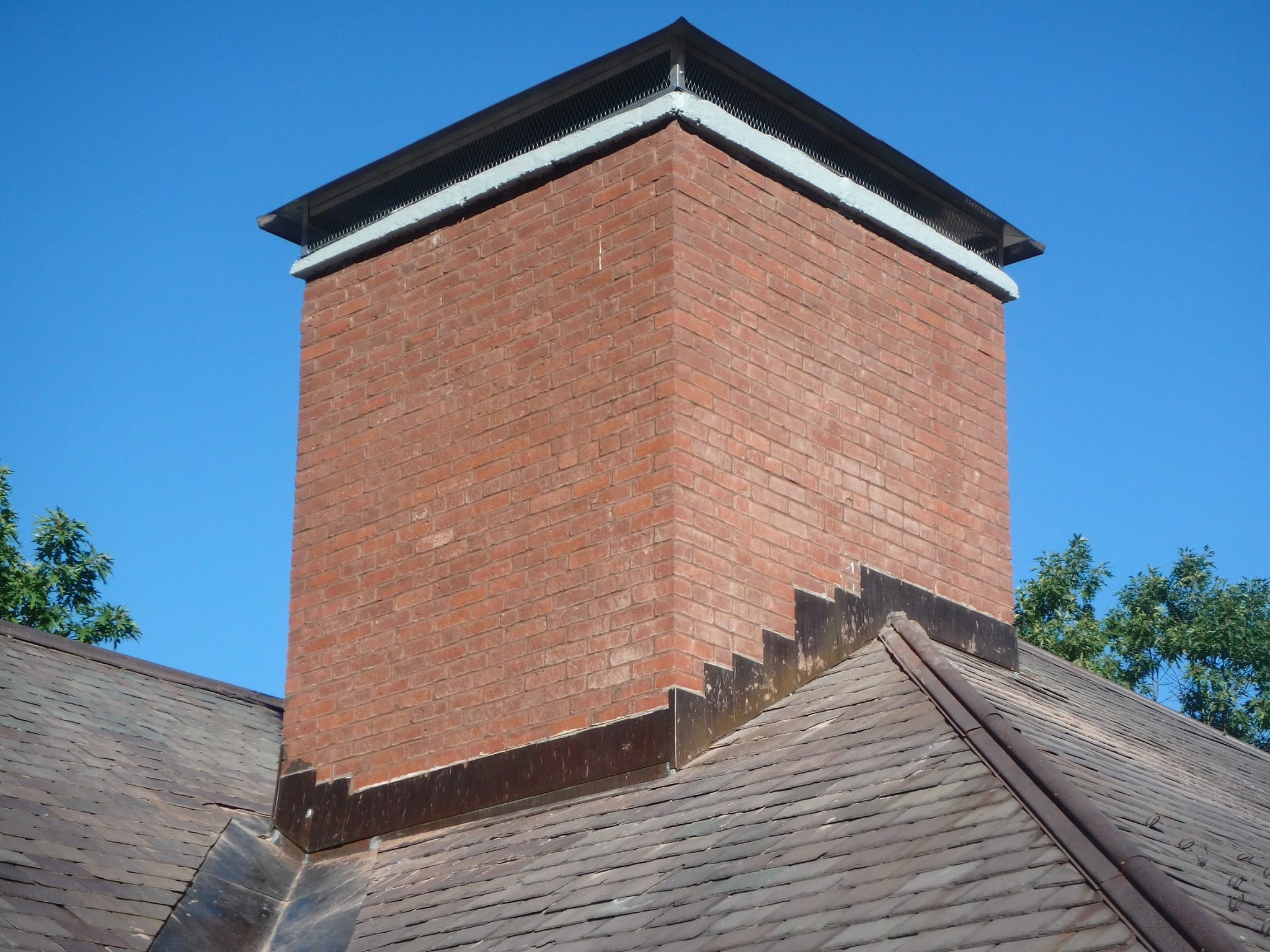
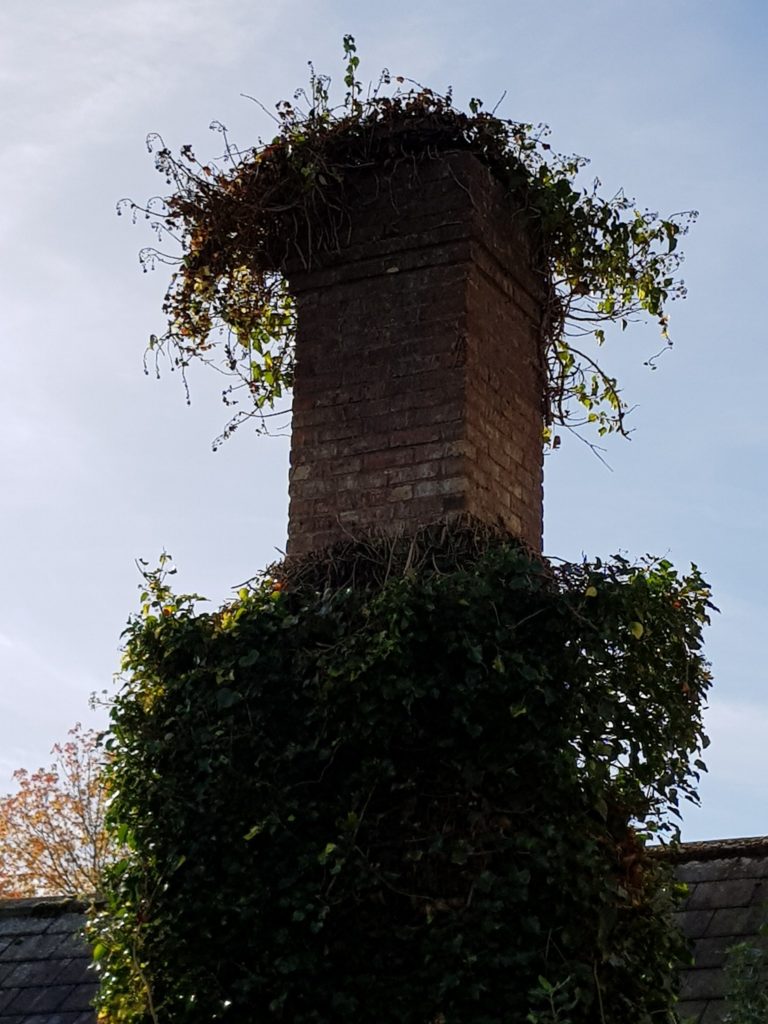
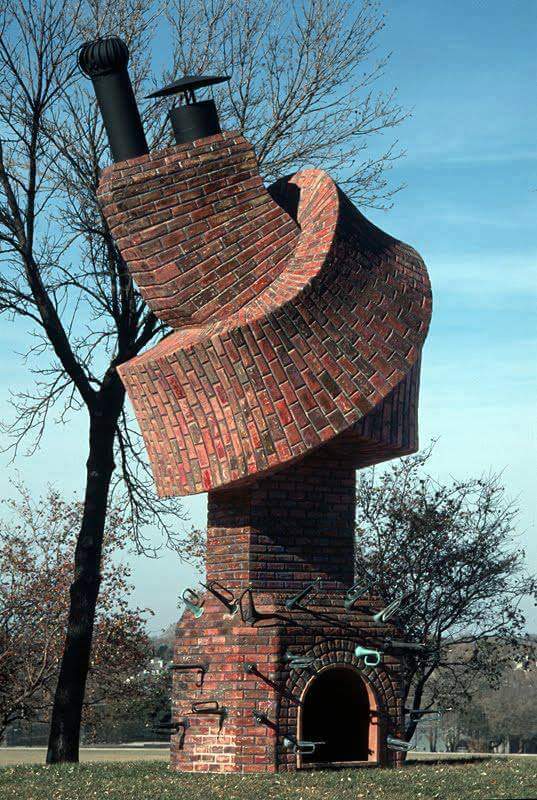
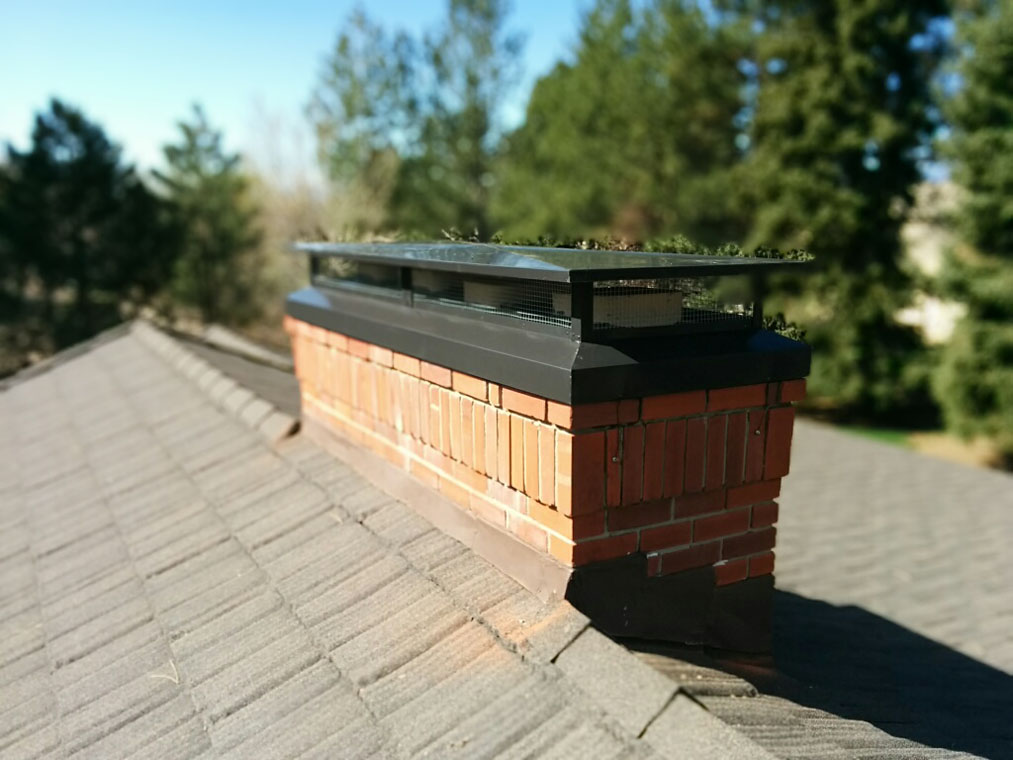
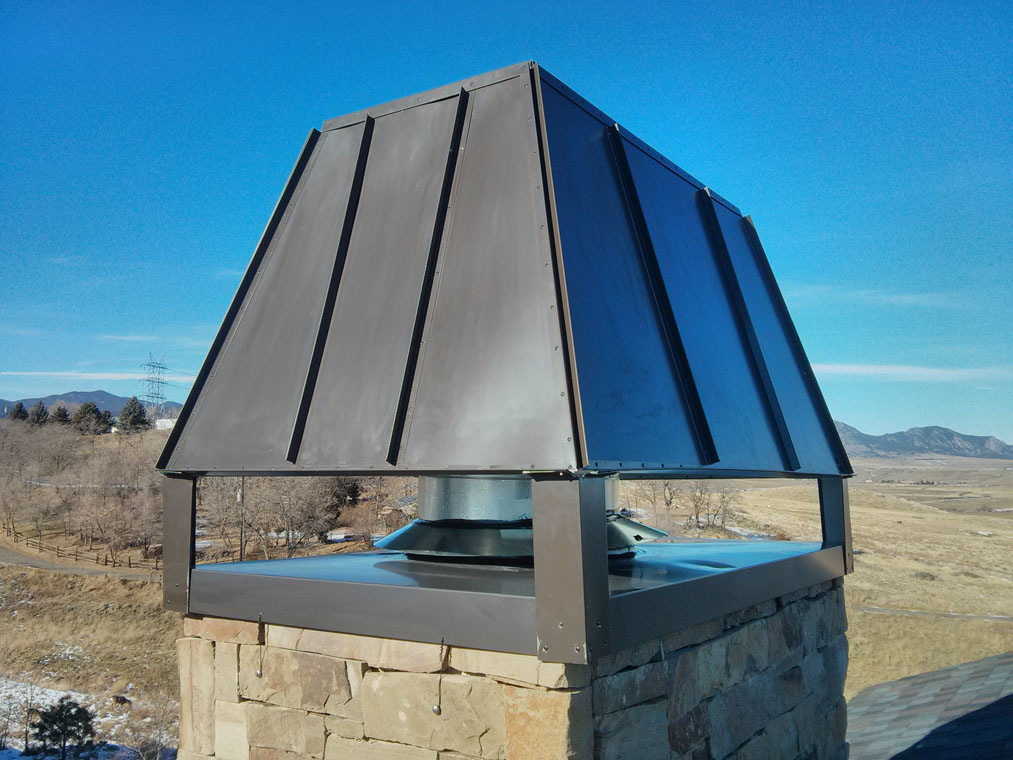
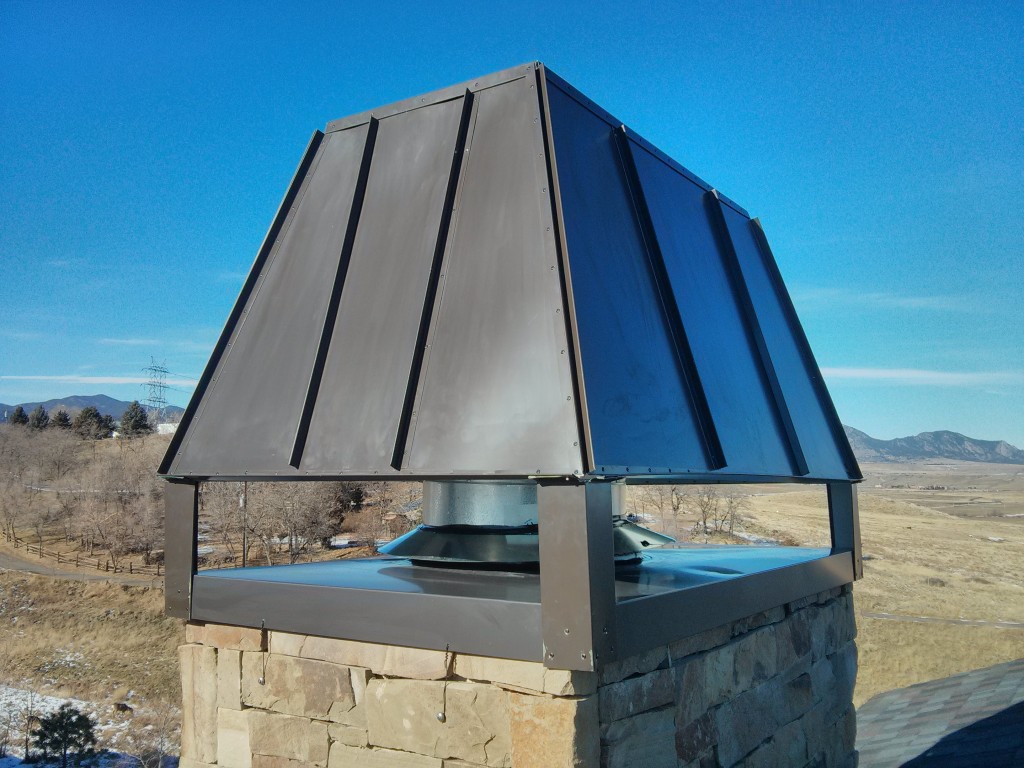
About The Author: Chad murray
More posts by chad murray